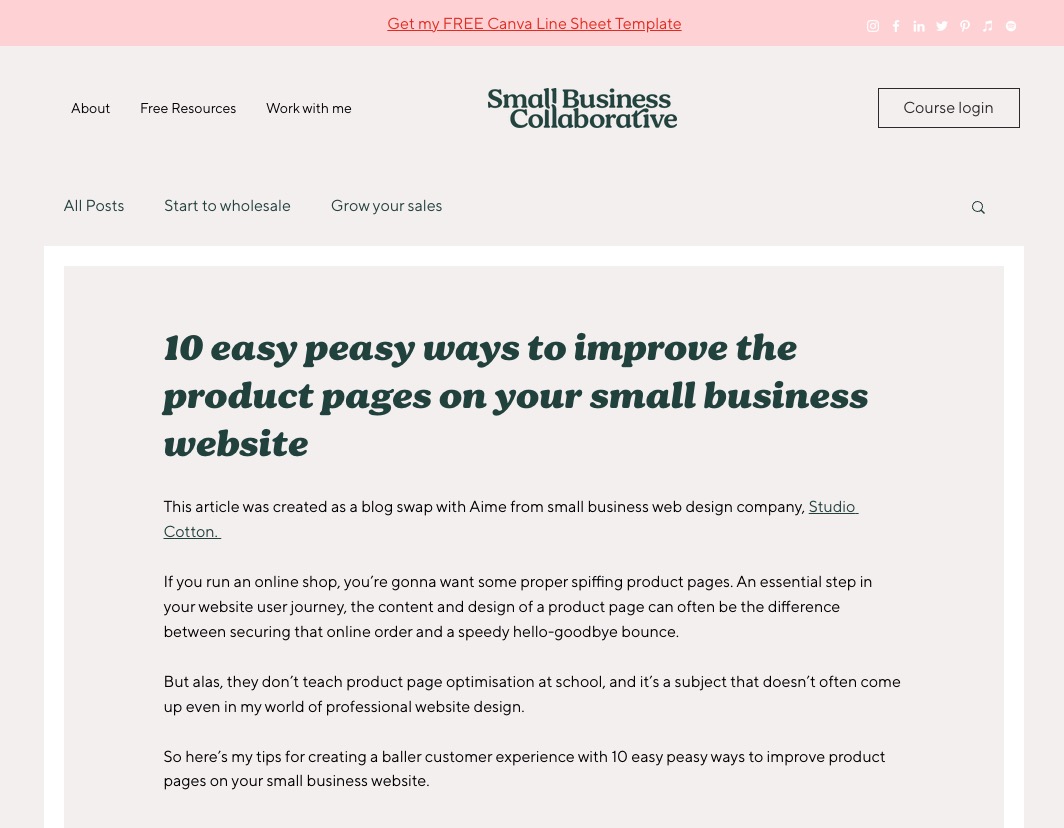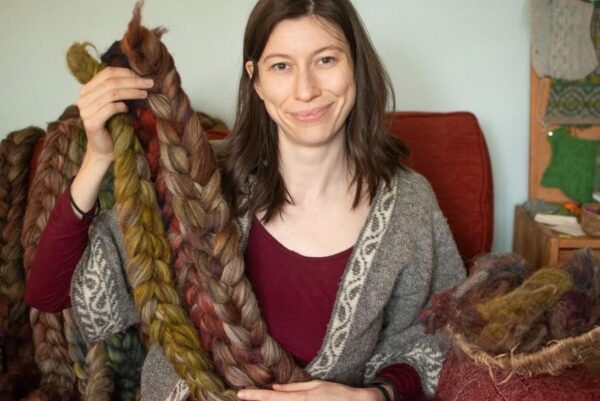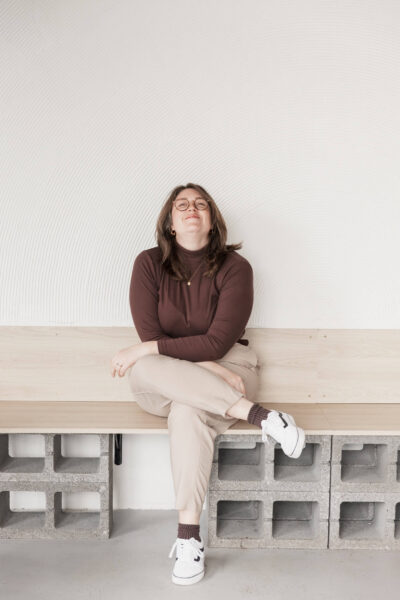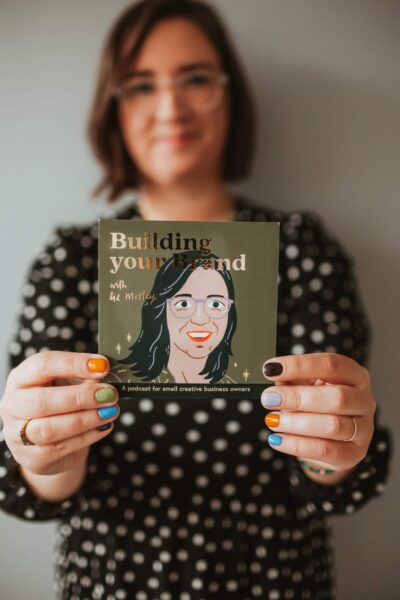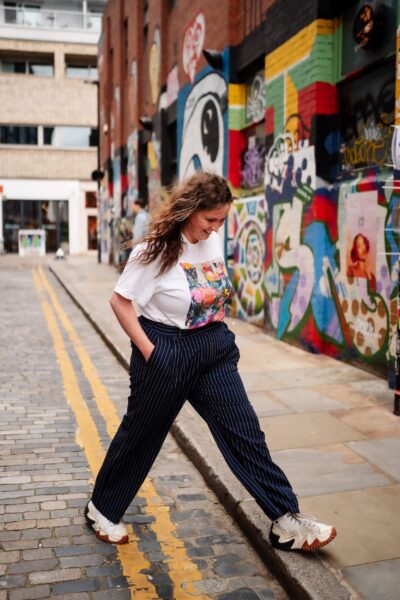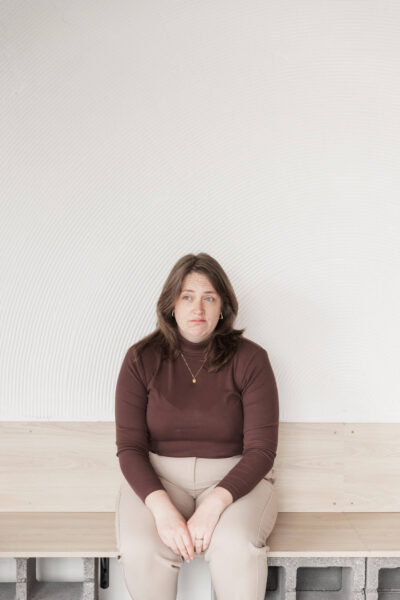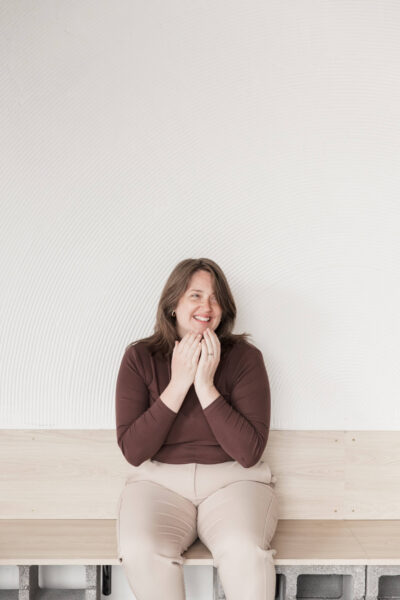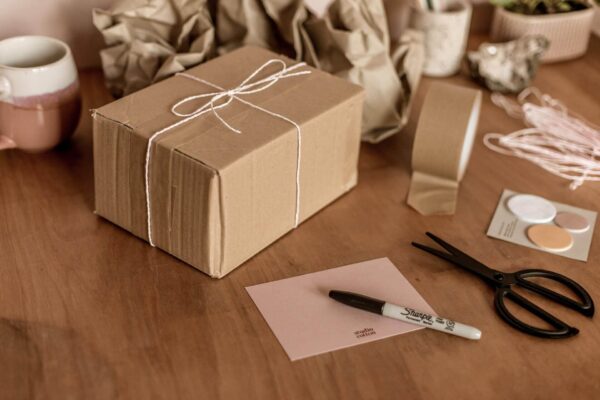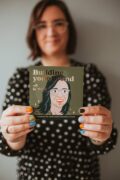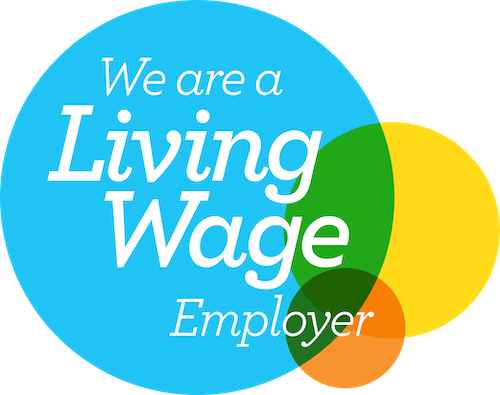Gotta love a blog swap! Collaborating and supporting other small business owners makes everything so much more fun, so this article is from Therese from Small Business Collaborative.
Check out Aime from Studio Cotton’s post on the Small Business Collaborative website, 10 easy peasy ways to improve the product pages on your small business website.
If you are wholesaling or thinking about selling to shops, then this article is for you.
But first, let’s establish what I mean by wholesale page, as it might mean different things since you often need more than just one page for your wholesale on your website.
In this article, we are going to chat about the most important webpage you need for your wholesale. Every business that either sells or would like to sell their products to shops should have this one page.
The page we are talking about is a public page on your website to direct potential stockists to. It makes it clear that you offer wholesale and make it easy for them to take that next step.
This is one of the first chances you have to make a nice impression on a potential customer, so this is what I recommend so you can put your best foot forward.
1. No need to come up with a clever page name
You don’t have to be super clever here, “become a stockist” or “wholesale” is perfect. It says what it is and won’t confuse anyone.
2. Make your wholesale page easy to find
If you do a lot of D2C (direct-to-consumer) selling on your website, you might not want to confuse your regular customers by adding a wholesale section in your main menu. So you can pop your wholesale page as a drop-down under “about us” or in the footer of your website. Or maybe do both to double your chances of it getting noticed.
3. Set the tone
A lot of wholesale pages dive straight in and have either an email address or a contact form. And they often lack any other information. I think this is a missed opportunity to make a great first impression, and it leaves your warm leads hanging a little bit as they have to fill in the form or email, just to find out some basic information.
Wholesale is a two-way relationship, so instead, set the tone by making it clear what you offer and what you expect from your retailers.
A quick thank you for their interest in becoming a stockist, 3-5 bullet points of what you offer a potential buyer, and the same of what you expect from them is a good start. I’ve included an example below (using my very own made up greetings cards business) to make it easy for you to create your wholesale page.
What we offer our stockists:
- 200+ beautifully designed greeting cards printed on FCS paper in the UK. Including our bestselling range that was shortlisted in the latest Henley awards.
- A database of professional images, both cut-outs and lifestyle, that makes it easy to list and promote our range.
- Worldwide delivery and quick turnaround times.
New stockist’s information:
- We accept applications for both online and brick-and-mortar stores worldwide and review each new stockist request carefully to ensure we work with shops that align with our values, and to ensure that you’re not next door to any of our existing stockists.
- Please note we do not sell to retailers that sell on online marketplaces such as Amazon, Ebay, Etsy and Not on the highstreet.
- Once you fill in our application form below, we will be in touch within 2-3 business days.
Bonus tip, create yours and share it with your wholesale newsletter list and your social media audience. Maybe it will encourage someone whos not bought from you yet to come forward.
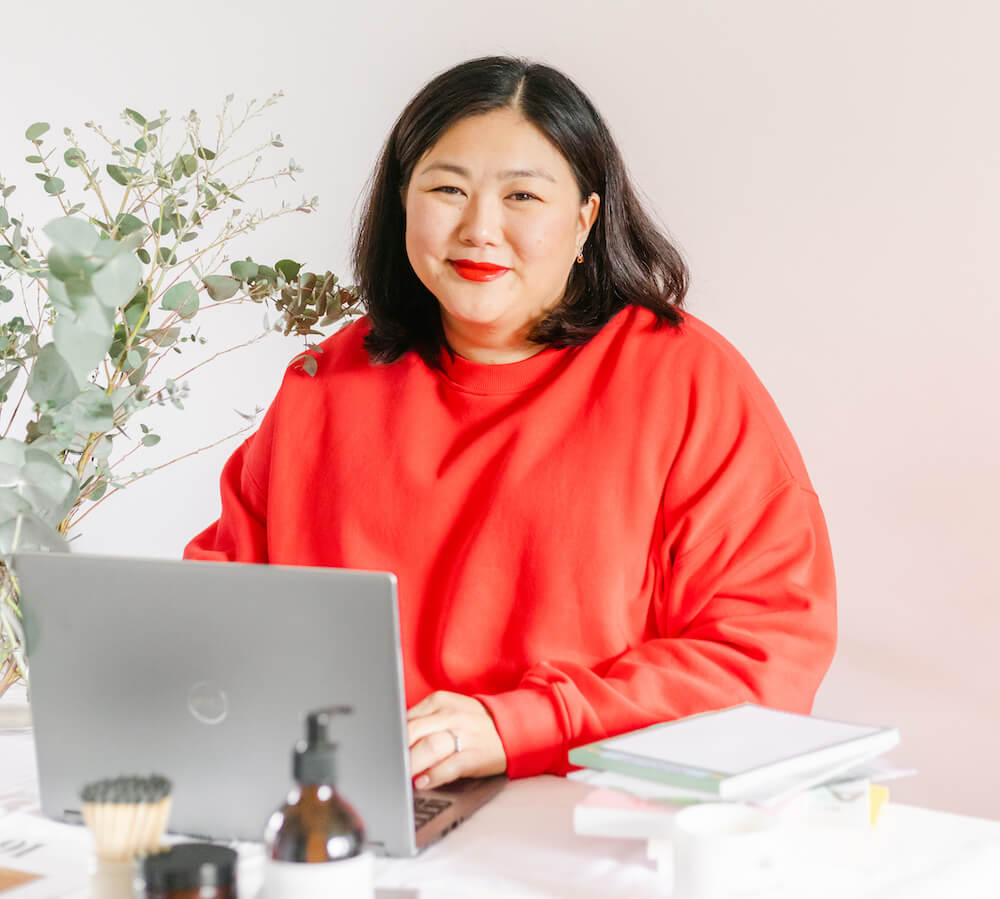
4. What to include on the wholesale page contact form
Below, or next to the your information, you will want to add a contact form.
Instead of making this a standard contact form, ask some extra questions so you can get a little bit more information that will make your follow-up a lot better and more interesting.
If a buyer fills in all the fields (don’t make them all required), then they will have had to think more about your brand, and therefore, it’s moving them one step further down your sales funnel.
Example of what to include:
- Email address*
- Buyers name*
- Business name*
- Trading address, including country*
- Website*
- Type of retailer – a drop-down menu would work well* (brick-and-mortar store, online-only, garden centre, department store, whatever you would find helpful and that is relevant to you).
- Number of years in business* – this could be another drop-down if you want.
- How did you find out about [BRAND]?
- Social media links
- Tell us a little bit more about your business and what products you’re interested in?*
- When are you next selecting new products?
Make sure you also include your email address, and name, as it makes it more personal. Even if you have a team, you can make it more personal by telling them who to email at the first instance.
5. Social proof
Finally, everyone wants to discover the next big thing and the most exciting brand. But, buyers also want to minimise their risk. So, if you have stockists already, make sure you also have a stockist page in your footer, even better if this has backlinks to your stockists.
Something they will appreciate, and it helps your direct customers find a local stockist to them too. So it’s a win win!
So these are my top 5 things that a potential wholesale customer would like to see on your website. It saves both of you time, and directs them to the right place, which sets the tone for how you would like your relationship to develop.
Once you have some stockists, you may even want to create a wholesale order function on your website, and I’m sure Aime and her team would love to help you with that.
If you would like more tips and help to start and grow your wholesale, have a look at the Small Business Collaborative blog, or give me a follow on Instagram, where I spend far too much time, you can find me on @small_business_collaborative.
Read the sister blog to this guest post, 10 easy peasy ways to improve the product pages on your small business website.

